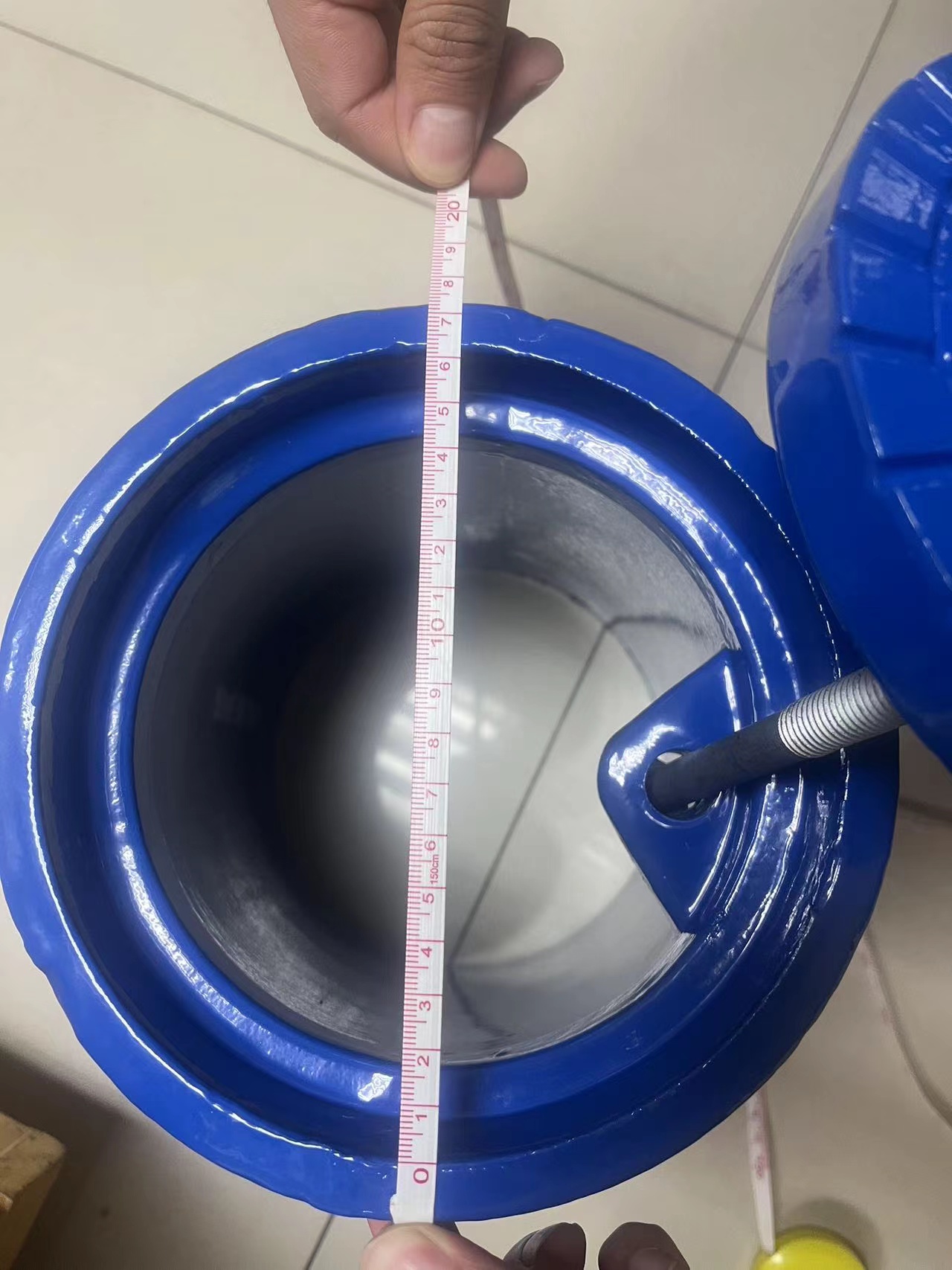poly pipe repair clamp
Understanding Poly Pipe Repair Clamps A Comprehensive Guide
Polyethylene pipes, commonly referred to as poly pipes, are widely used in various applications due to their excellent resistance to corrosion, lightweight nature, and flexibility. They are typically employed in agriculture, water distribution, and irrigation systems. However, over time, these pipes can suffer from wear and tear, leading to leaks or severe damage. This is where poly pipe repair clamps come into play, serving as a quick and effective solution for repairing damaged pipes without the need for extensive replacement.
What Is a Poly Pipe Repair Clamp?
A poly pipe repair clamp is a specialized tool designed to fix leaks in polyethylene pipes. Its primary function is to provide a tight seal over the damaged area, preventing water from leaking out and allowing the system to function effectively without interruptions. These clamps come in various sizes and designs to accommodate different pipe diameters and types of damage, ensuring broad applicability in the field.
Types of Poly Pipe Repair Clamps
There are several types of poly pipe repair clamps available, each suited for different circumstances
1. Sleeve Clamps These are the most common type of repair clamps, typically made from stainless steel. They encircle the damaged section of the pipe and are tightened to create a seal. Sleeve clamps are particularly effective for linear cracks or punctures.
2. Split Clamps Designed for larger damages or more extensive cracks, split clamps allow for a tighter grip and better distribution of pressure along the pipe. They come in two pieces and provide a strong hold without risking further damage to the pipe.
3. Coupling Clamps Often used when a section of the pipe has been compromised, coupling clamps allow for the removal of the damaged segment. They connect the remaining sections of the pipe, effectively closing off the leak.
4. Universal Repair Clamps These versatile clamps can adjust to various pipe sizes and shapes, making them an excellent option for emergency repairs or when the exact size of the pipe is unknown.
Benefits of Using Poly Pipe Repair Clamps
Using poly pipe repair clamps offers numerous benefits to homeowners, farmers, and contractors alike
- Cost-Effective Repairing a pipe with a clamp is often much more affordable than replacing the entire section of the pipe, especially in large irrigation systems or plumbing setups.
poly pipe repair clamp

- Time-Saving The installation of a repair clamp can be completed quickly, often in less than an hour. This efficiency minimizes downtime and helps maintain the continuity of water supply.
- Durability Most repair clamps are made from corrosion-resistant materials, meaning they can withstand harsh environmental conditions and provide a long-lasting solution to leaks
.- Ease of Use The installation process typically requires minimal tools, making it accessible for DIY enthusiasts. Most clamps come with straightforward instructions, simplifying the repair process.
The Installation Process
Installing a poly pipe repair clamp is relatively straightforward
1. Identify the Damage Confirm the location and extent of the leak or damage.
2. Prepare the Area Clean the surrounding area, removing dirt and debris from the pipe surface.
3. Select the Right Clamp Choose an appropriate clamp size and type for the specific damage.
4. Position the Clamp Place it over the damaged area, ensuring it covers the entire breach.
5. Tighten the Clamp Use a wrench to secure the clamp tightly, creating an effective seal.
6. Test the Repair Once installed, turn the water supply back on and check for any leaks.
Conclusion
Poly pipe repair clamps are indispensable tools for anyone working with polyethylene piping systems. They offer an efficient, cost-effective, and durable solution for managing leaks and extending the lifespan of pipe infrastructures. By understanding the types of clamps available, recognizing their benefits, and learning the proper installation process, individuals can tackle pipe repairs confidently and effectively, ensuring smooth and reliable functionality in their water distribution systems.
-
The Smarter Choice for Pedestrian AreasNewsJun.30,2025
-
The Gold Standard in Round Drain CoversNewsJun.30,2025
-
The Gold Standard in Manhole Cover SystemsNewsJun.30,2025
-
Superior Drainage Solutions with Premium Gully GratesNewsJun.30,2025
-
Superior Drainage Solutions for Global InfrastructureNewsJun.30,2025
-
Square Manhole Solutions for Modern InfrastructureNewsJun.30,2025
-
Premium Manhole Covers for Modern InfrastructureNewsJun.30,2025
